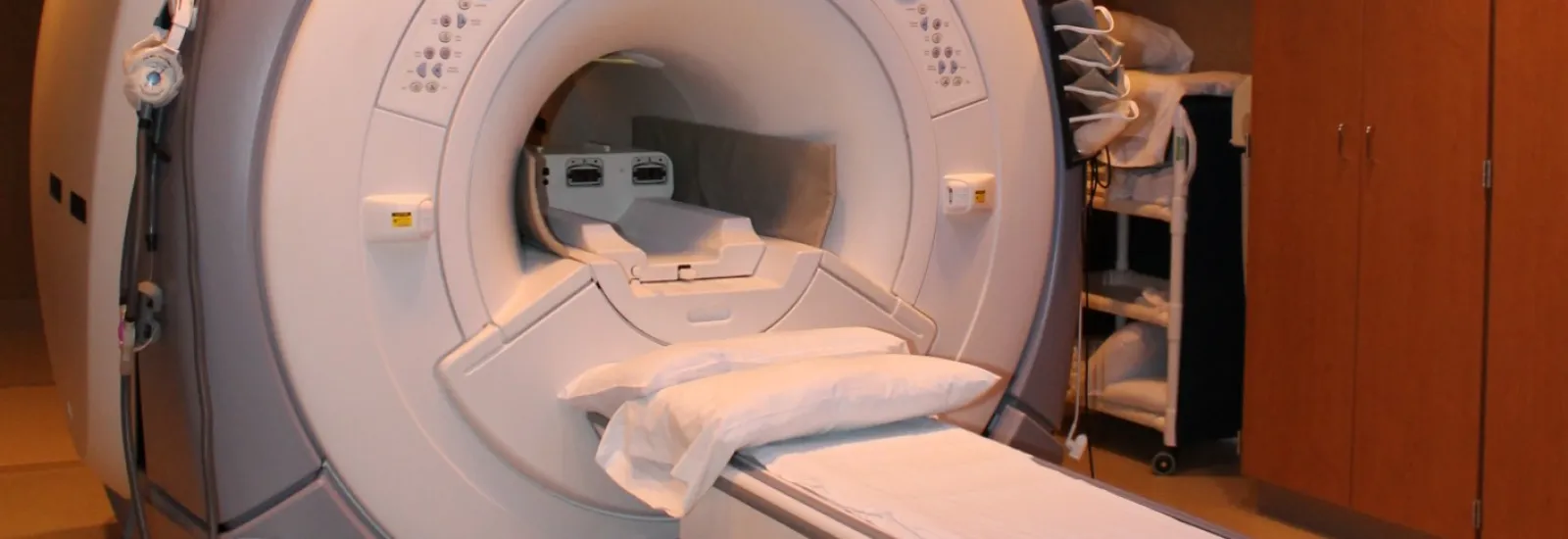
Radiology and diagnostic imaging – why precision is key
When you're sick or have been injured, your
doctor might order medical diagnostic imaging, like an X-ray, CT scan, or ultrasound. But what does this mean for you
in terms of the quality of your diagnosis and care? Read on for more on why
quality and precision are important in diagnostic imaging and radiology.
What is diagnostic imaging and radiology?
Diagnostic imaging, which includes radiology,
is the term used for various types of tests that let your doctors see inside
your body. With these tests, your doctor will look for clues that might suggest
that you have a certain medical condition.
Different types of diagnostic imaging
machines and techniques can provide different information. Some diagnostic
imaging techniques can see the structures in your body while others can provide
a real-time picture of motion and your body's activities. The particular type
of medical imaging you receive will be based on your symptoms and the part of
your body being examined. Commonly used types of medical imaging include:
Most diagnostic imaging tests are painless
and quick. Occasionally, some types of tests might be uncomfortable because
they require you to remain very still for a long time while the machine
captures a clear image.
Does precision matter in diagnostic imaging?
If your doctor orders diagnostic imaging to
better understand your symptoms, you may be wondering about what to look for in
a radiology provider. Does quality matter? What is quality in terms of medical
imaging?
Quality and precision are very important in diagnostic imaging. More precise and clear imagery gives your doctor the best opportunity to accurately diagnose your symptoms. You also want to know that your doctor is getting results as quickly as possible - the faster your doctor receives results, the faster your treatment can progress.
Here's what you should look for in these four areas:
Maintenance and state-of-the-art equipment:
The machines used to create
diagnostic images are complex and sophisticated. They require regular
maintenance and checks to ensure that they are functioning at the best of their
ability.
It's also important that your doctor has access to the latest, most advanced machines, as these are most likely to provide accurate results. "Over the years, MRI technology has been constantly advancing and producing sharper, clearer images in less time," says Reid Health neurologist Dr. Jordan Raynor. "The 3T MRI machine used at Reid Health visualizes the brain with unprecedented detail, [and] has increased sensitivity to multiple sclerosis lesions." This added power translates to more accurate diagnoses.
Getting
results to your doctor quickly and ease of access: A radiologist in your primary care physician's network is equipped with
the right communication channels to deliver your results to your doctor as
quickly as possible. This is important because faster results mean a diagnosis
sooner - which is key to getting back to the things you enjoy as quickly as
possible. Ease of access is also important - if your medical imaging provider is close to your
home or doctor's office, it
will be more convenient to get the testing when you need it.
How can I find a quality diagnostic imaging and radiology provider?
A great first step when looking for a
diagnostic imaging provider is to ask your primary care provider.
They have likely ordered hundreds of radiological tests in the past and will
have a good understanding of who in your area can provide clear, accurate
radiological testing results.

